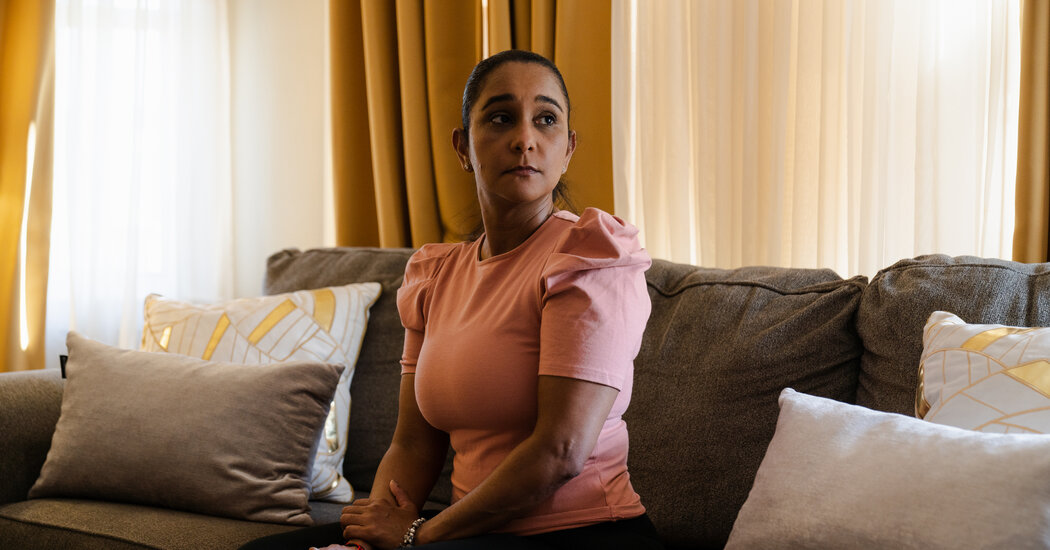- Joined
- Dec 17, 2007
- Messages
- 3,391
- Reaction score
- 4,409
Abstracts are out. A selection of interesting stuff:
LBAs (results pending):
This is the long awaited analysis of PEACE-1, testing RT to the prostate for mHSPC.
Perhaps confirmation of STAMPEDE Arm-H results, perhaps not.
Phase III trial on chemo-RT vs. chemo as neoadjuvant treatment for rectal cancer.
I have a bad feeling about this...
Immunotherapy may enter the stage in nasopharyngeal cancer.
A randomized trial on immunotherapy on top of s.o.c. for GBM.
I cannot imagine that this one will be positive, it´s GBM.
A come back for consolidative RT in PMBCL?
Results available:
Perhaps we can deescalate treatment in nasopharyngeal cancer?
Should we be regularly imaging the brain in all stage III NSCLC after primary RCT?
Nimorazole (hypoxia modifier) doesn't work in HNSCC
A radiation dermatitis trial that made it into the plenary!
14.920 wet pads ... ehhhh 14.920 patients with pads after radical prostatectomy.
Small trial from TATA Memorial hospital looking at optimal adjuvant treatment of gallbladder cancer. Chemo and Chemo-RT appear equivalent.
Induction chemotherapy prior to radiochemotherapy for esophageal cancer is probably not worth it.
LBAs (results pending):
This is the long awaited analysis of PEACE-1, testing RT to the prostate for mHSPC.
Perhaps confirmation of STAMPEDE Arm-H results, perhaps not.
Phase III trial on chemo-RT vs. chemo as neoadjuvant treatment for rectal cancer.
I have a bad feeling about this...
Immunotherapy may enter the stage in nasopharyngeal cancer.
A randomized trial on immunotherapy on top of s.o.c. for GBM.
I cannot imagine that this one will be positive, it´s GBM.
A come back for consolidative RT in PMBCL?
Results available:
Perhaps we can deescalate treatment in nasopharyngeal cancer?
Should we be regularly imaging the brain in all stage III NSCLC after primary RCT?
Nimorazole (hypoxia modifier) doesn't work in HNSCC
14.920 wet pads ... ehhhh 14.920 patients with pads after radical prostatectomy.
Small trial from TATA Memorial hospital looking at optimal adjuvant treatment of gallbladder cancer. Chemo and Chemo-RT appear equivalent.
Induction chemotherapy prior to radiochemotherapy for esophageal cancer is probably not worth it.
Last edited:





